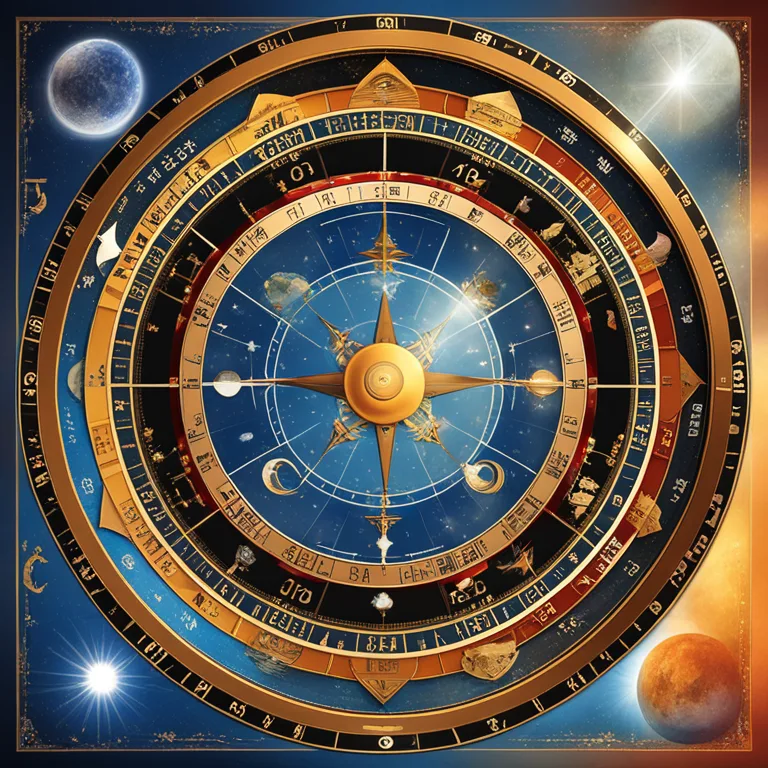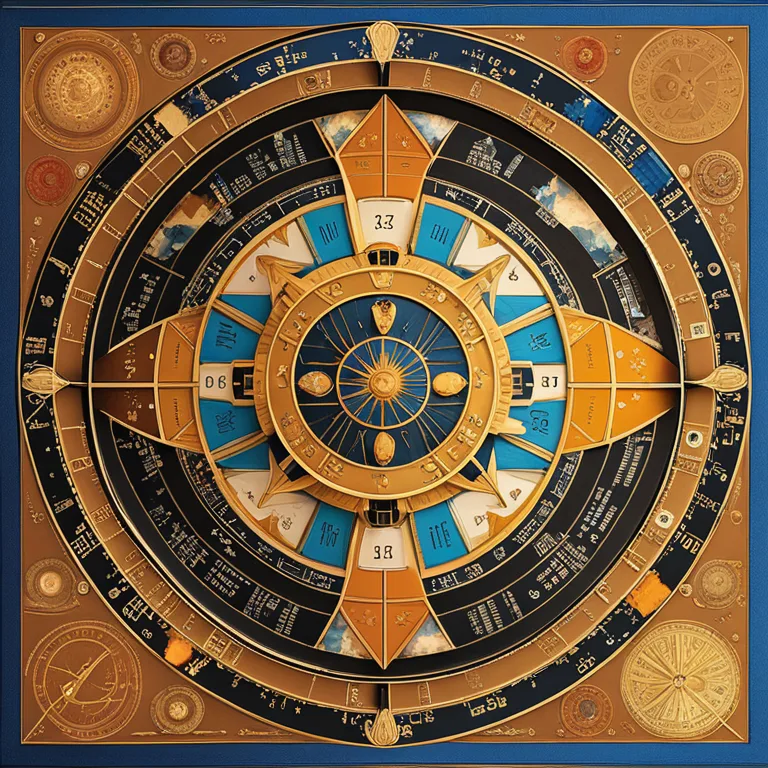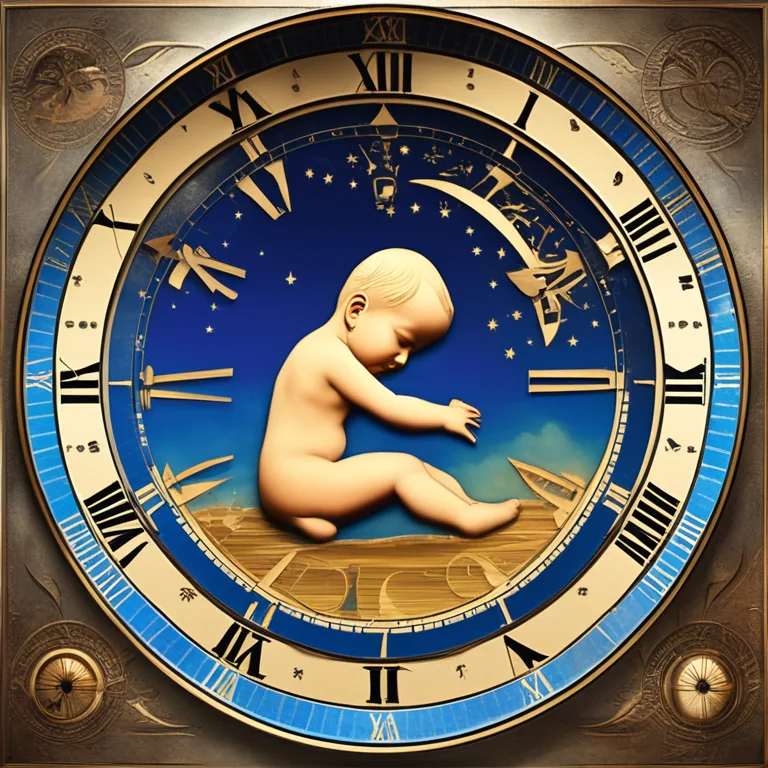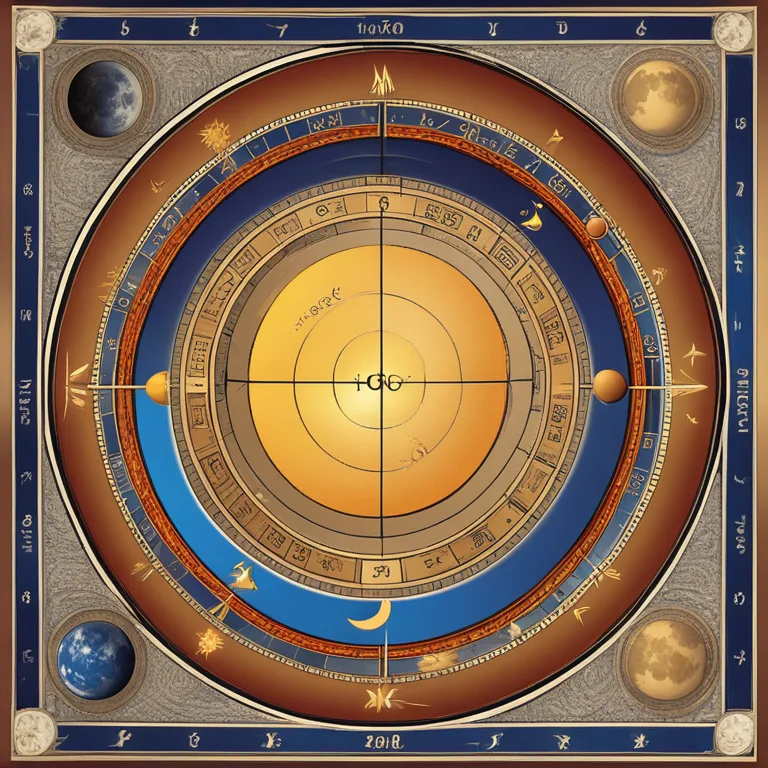
Charting Your Astrological Profile
Discover the cosmic blueprint of your personality through your astrological birth chart in this in-depth guide.
article by Priya Deshmukh
Introduction to Birth Charts
Astrology offers a unique window into our personalities and potential, and nothing is more central to astrological insight than one's birth chart. A birth chart, also known as a natal chart, is essentially a celestial snapshot of the sky at the exact moment you were born. In this article, we will help you decipher the symbols and meanings in your personal astrology birth chart, offering an understanding of how the positions of the planets, sun, and moon reflect upon various aspects of your life and self.

Components of the Birth Chart
Creating and interpreting an astrology birth chart involves several cosmic elements. Your chart is a 360-degree wheel divided into 12 segments, or houses, each representing different facets of life. Upon this backdrop, the positions of the sun, moon, and planets are mapped, taking into account their placements by sign, house, and aspect. This cosmic alignment can influence your temperament, relationships, career, and life journey. The art and science of astrology lie in understanding these components in harmony.

Importance of Exact Birth Time
For a precise birth chart, the exact time of birth is crucial. This time determines the Ascendant or Rising Sign—the zodiac sign that was rising on the eastern horizon, which forms the cusp of your first house. The Rising Sign shapes your appearance, attitude, and the way you initiate things. Inaccurate birth time can lead to incorrect positions of the Ascendant and the house cusps, changing the areas of life the planets influence and thus altering the interpretation of your chart.

Interpreting Planetary Positions
Each planet in astrology governs certain areas of your life. For example, the Moon rules over emotions and inner mood, Mercury covers communication, Venus governs love and beauty, and Mars oversees drive and energy. Their placements in specific signs and houses reveal the nuanced intricacies of your personality and destiny. The angles or aspects between planets further color these attributes, explaining why even individuals with similar chart placements might express those energies in different ways.

The Role of the Sun and Moon
The Sun sign is the one you're most familiar with; it reflects your core identity and ego. Your Moon sign, on the other hand, illuminates your emotional landscape and instincts. In combination, they provide a fuller picture of your inner and outer self. While the Sun moves through about one sign per month, the Moon changes signs approximately every two and a half days, making the Moon's placement a more personalized aspect of the chart.
Reading the Houses
The astrological houses reveal where life's various activities occur. For instance, the first house represents the self, the fourth house is associated with home and family, the seventh with partnerships, and the tenth with career and reputation. Planets residing in or ruling over these houses can amplify or focus your attention and experience in these areas, indicating themes of successes, challenges, and growth throughout your life's narrative.
Synthesizing the Chart
Interpreting a birth chart is a complex synthesis of its numerous elements. Each sign, planet, and house interplays to form the multifaceted human experience. Astrology enthusiasts can delve into this profound analysis with personal study, consultations with professional astrologers, and through the use of various astrology software and apps that continue to evolve in 2024 and beyond. Embrace this journey into your birth chart as a discovery of your cosmic fingerprint.
Published: 12/22/2023
Modified: 12/22/2023
More predictions
Come back here soon to learn more about yourself and your future


The Role of Astrological Houses
Discover the fundamental concepts of astrological houses and how they influence personal astrological charts.


Astrological Houses & Their Role In Modern Life
Delve into the significance of the 12 astrological houses and their influence on personal astrology.


Astrology: The Role of 12 Houses
Delve into the core of astrological houses and their influence on personality and life events in our insightful guide.